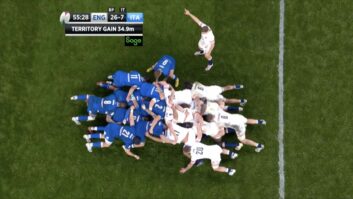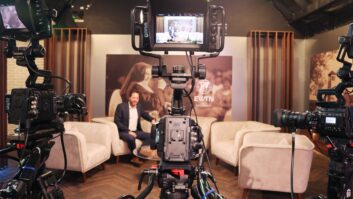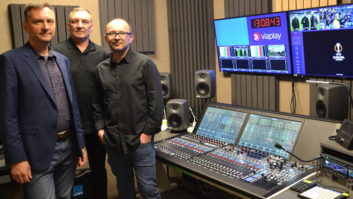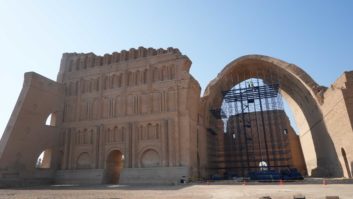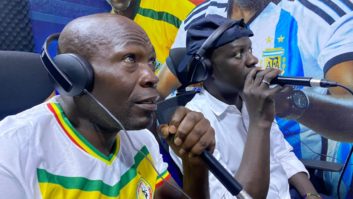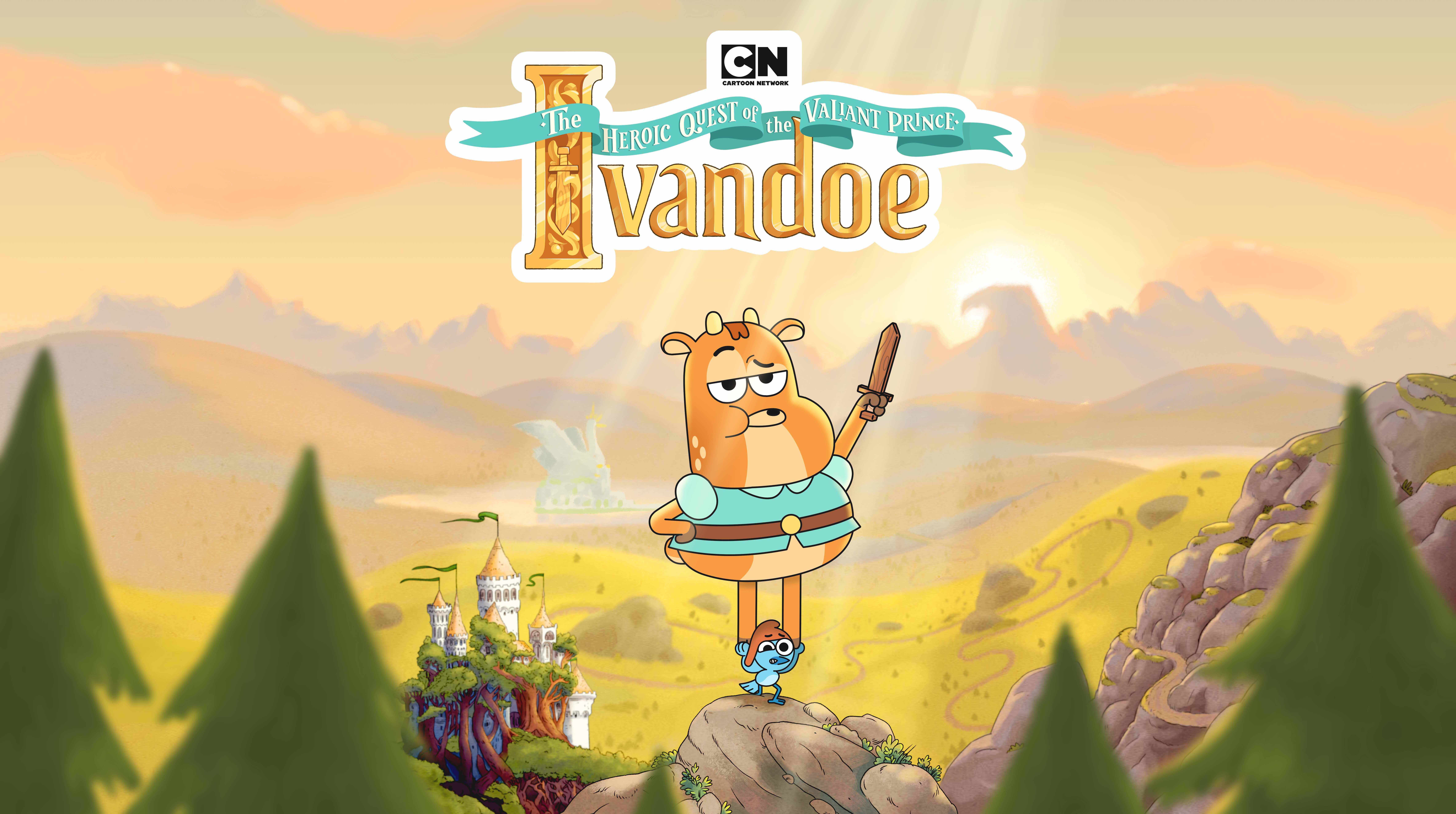Executive produced by Kristian Smith and produced by Lindsay Hughes from Leopard Pictures, The Snow Spider tells the story of a young boy, Gwyn Griffiths, who discovers his magical powers for the first time.
Shot entirely in and around Wirral and Wales, the drama features an all Welsh cast including Melanie Walters (Gavin & Stacey), Matthew Gravelle (Broadchurch) and Kezia Burrows (Doctor Foster). It was commissioned by CBBC and BBC Wales and received investment from the Liverpool City Region Production Fund as well as additional support through the Liverpool Film Office.
“I remember asking early on: how scary are we allowed to make this?” begins new director Jennifer Sheridan, who was tasked with adapting Nimmo’s bestselling novel series from the start. A self-confessed fan of eighties classics like The Goonies and ET, her primary aim for the show was to find an aesthetic balance between dark, grown-up peril and warm, childlike adventure.
To find out more, we caught up with Jennifer, head of post Patrick Hall, and cinematographer Martyna Knitter, about how they developed a fresh new take on the much-loved children’s books while pushing the boundaries of how a CBBC title could look.
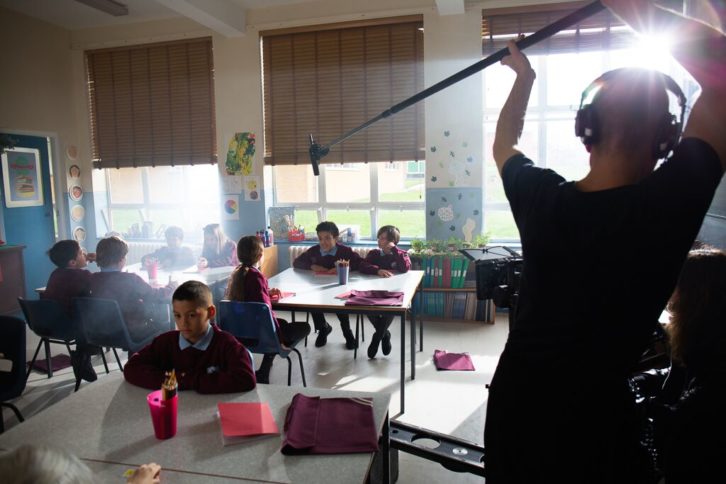
- Blackmagic Design enables Freaks 4U Gaming to deliver 4K content
- Live production and camera updates announced by Blackmagic Design
- Creating a modern anthology
Anamorphic aesthetics
In a nod to The Goonies, Jennifer and Martyna opted for an Alexa Mini paired with Kowa Evolution lenses for an anamorphic desqueeze. “Using anamorphic glass allowed us to create the dark, cinematic, very textured looks I remembered from those childhood films we wanted to use as inspiration on the show,” Jennifer continues.
She explains another advantage of the lenses was that they were light enough for quick and easy set up on a gimbal: essential to maximising every minute with a cast of young actors.
“We relied on a Ronin gimbal, with a FlowCine and EasyRig spring arm for the majority of the single-camera shoot,” Martyna explains. “The majority of the lighting rigs were installed days ahead of shooting to save time. We went with ProRes 4444 XQ and rated the camera at ISO 1000 to obtain good all-round exposure from the outset.”
“With most of the show shot on location across Liverpool and Wales, we relied on handheld shots to give key outdoor scenes a feeling of adventure,” Martyna adds.
“For indoor sequences, I also used handheld cinematography to hide in different places within small rooms, especially while doing low angle shots,” she continues. “Other times, we would just mount a Ronin on a slider upside down, in push mode, which I would operate as a tripod head to save even more time.”
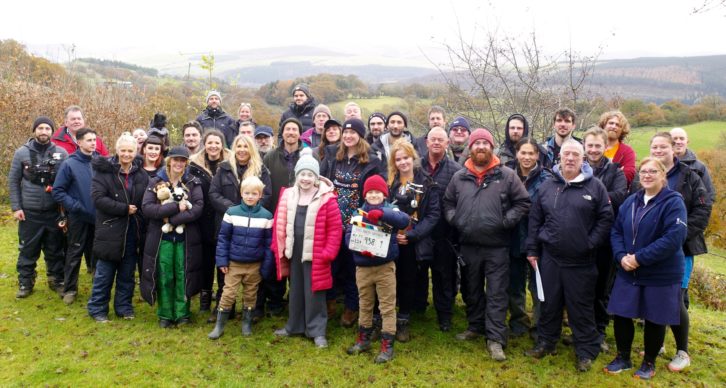
A dash of (Black)magic
The next step was to add post-production to the show – an important process for a series involving magical powers. For this, Jennifer decided to stay local with Liverpool-based visual effects vendor Sparkle and fellow Liverpudlian Patrick, who oversaw picture post, including the online, grade, and final delivery with DaVinci Resolve. The offline edit was completed in Media Composer.
“When we saw the anamorphic rushes come through, it was amazing,” he remembers. “They rarely allow you to capture like that for any kind of BBC drama, never mind a children’s drama. Stylistically, it felt like quite a big departure for CBBC, so I knew this project would allow for a certain amount of creativity in post too.”
The online and conform process, which involved a multitude of visual effects shots, was the first challenge. “The team at Sparkle would be sent daily VFX pulls out of Resolve from set, then forward final VFX results on to us to incorporate correctly as part of the online process,” he adds. “There was a dolly sequence shot in a blue screen studio that needed to turn into an epic, snowy battle. Other scenes involved a practical spider model – complete with pocket LED lights – that the young actors were interacting with. This had to turn into a magical character named Arianwen.”
Using an HP Z840 with two Nvidia GeForce GTX Ti graphics cards and 64GB of ram, with the Artist DNxIO for I/O, Patrick took charge of updating all effects shots as they came through from Sparkle. He also used alpha channel information to add extra embellishments as needed. This included smoke coming out of chimneys, lens flares, sky replacements, and 3D matt paintings to extend sets using Photoshop and Fusion.
The final step was to enhance the qualities of the Kowa lenses, and how they reacted to light, throughout the DI process, using the soft, subdued colour palette from the production LUT as a reference. Taking advantage of the plentiful snow scenes, objects in outdoor sequences were also isolated using power windows, then saturated to stand out from the white. Masters were exported to 2:1 letterbox and delivered with CineXtools in UHD ProRes for final broadcast.
The Snow Spider airs every Sunday and Thursday on CBBC and BBC One Wales, and is available on BBC iPlayer.
